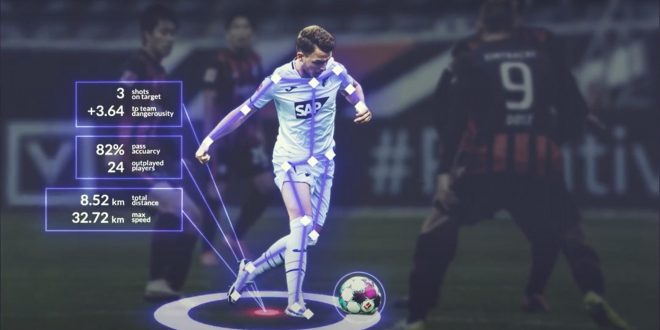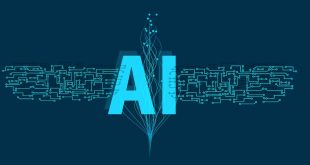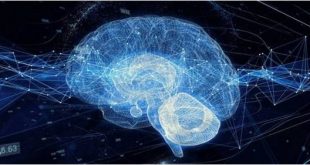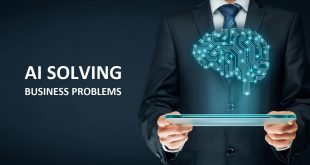To be sure, artificial skin and movement-predicting systems are unique, but photo- and video-generating technologies are moving at a breakneck speed. There are obviously high-profile works such as OpenAI’s Dall-E 2 and Google’s Imagen. Take a look at Text2Human, a program developed by CUHK’s Multimedia Lab that can turn a caption like “the lady wears a short-sleeve T-shirt with a pure color pattern, and a short and denim skirt” into a vision of a non-existent person.
Tsinghua University, in partnership with the Beijing Academy of Artificial Intelligence, devised an even more ambitious model called CogVideo, which can develop video clips from the text (for example, “a man skiing,””a lion drinking water”). The clips are riddled with artifacts and other visual oddities, but given that they are entirely imaginary scenes, it’s difficult to be too critical.[1]

The near-infinite diversity of compounds that occur in literature and theory must be sifted through and analyzed in order to detect potentially positive effects, thus machine learning is frequently utilized in drug discovery. However, the volume of data is so huge, and the cost of false positives could be so high (chasing leads is expensive and time-consuming) that even 99 percent accuracy isn’t good enough. This is especially true of unlabeled molecular data, which makes up the vast majority of what’s available (compared with molecules that have been manually studied over the years).
 Next Tech Magazine Get The Latest Technology Updates
Next Tech Magazine Get The Latest Technology Updates







